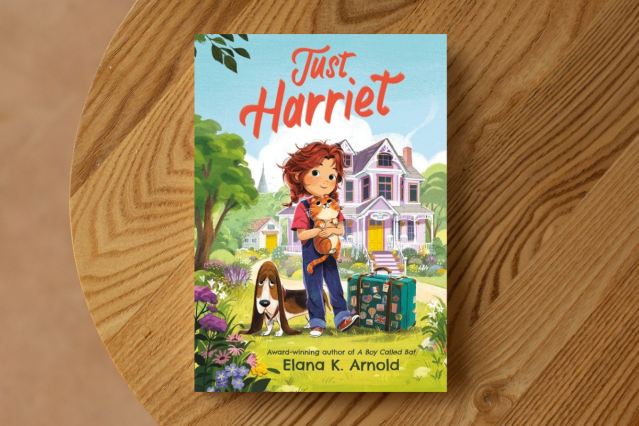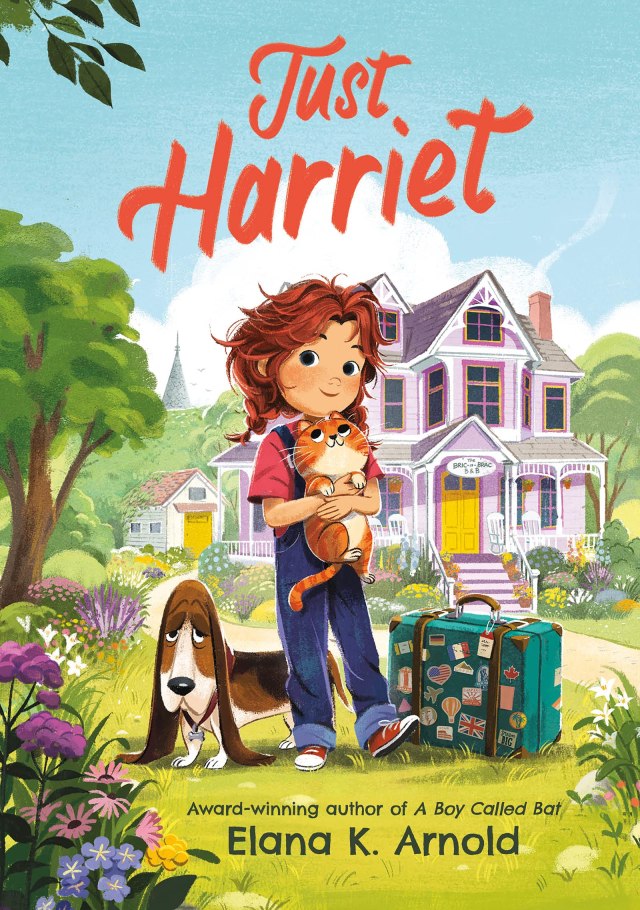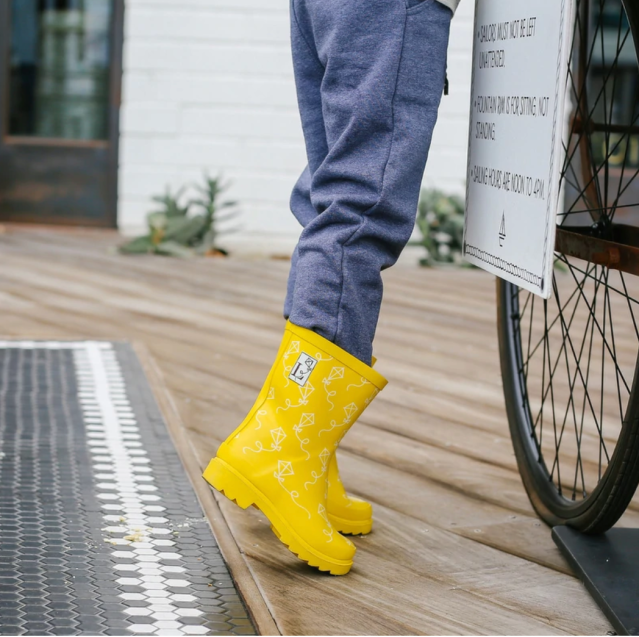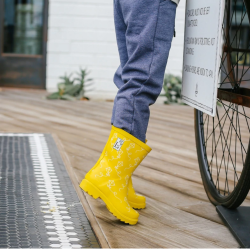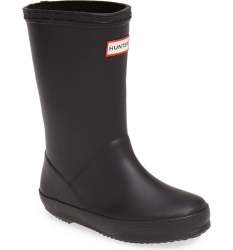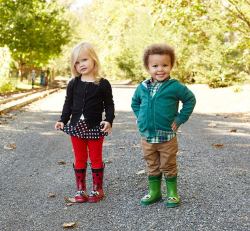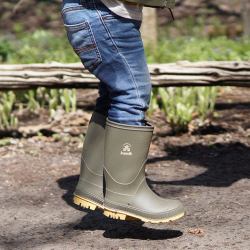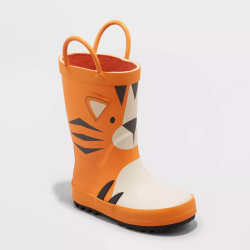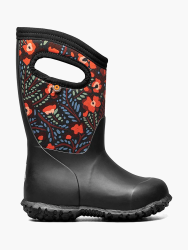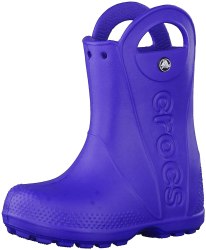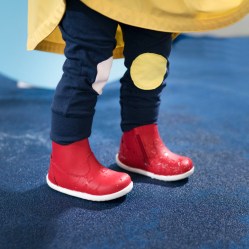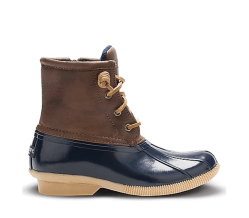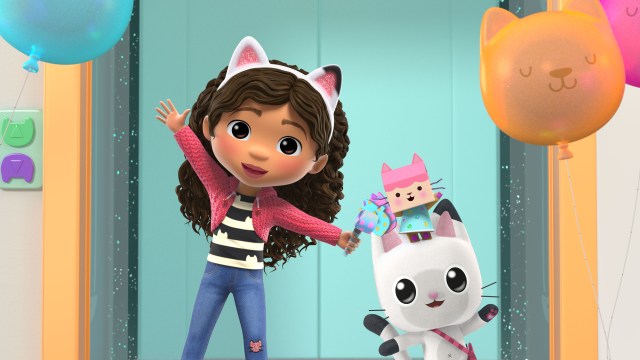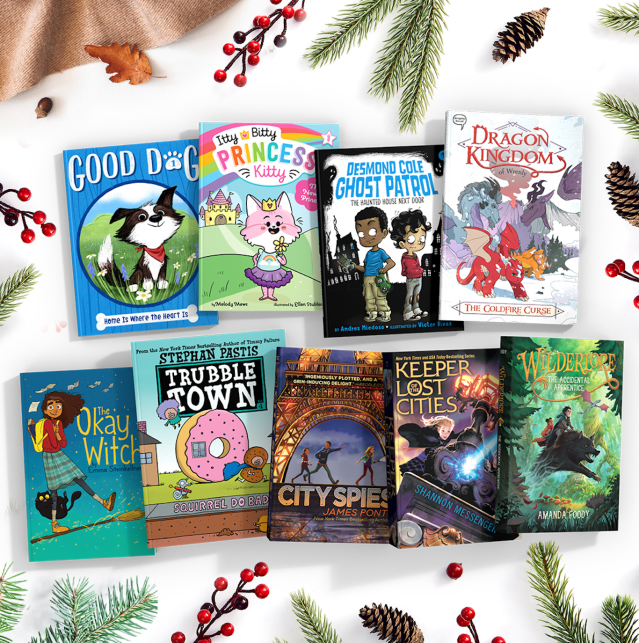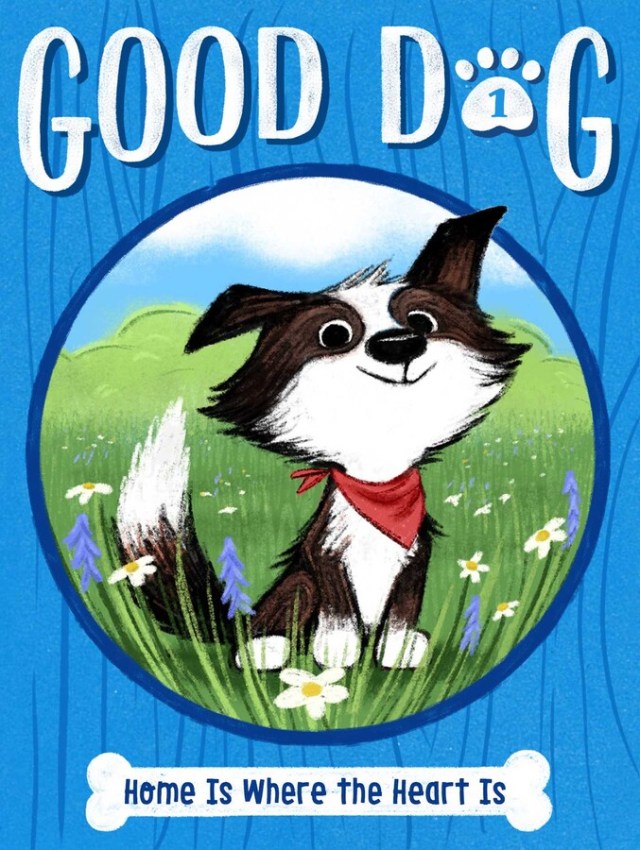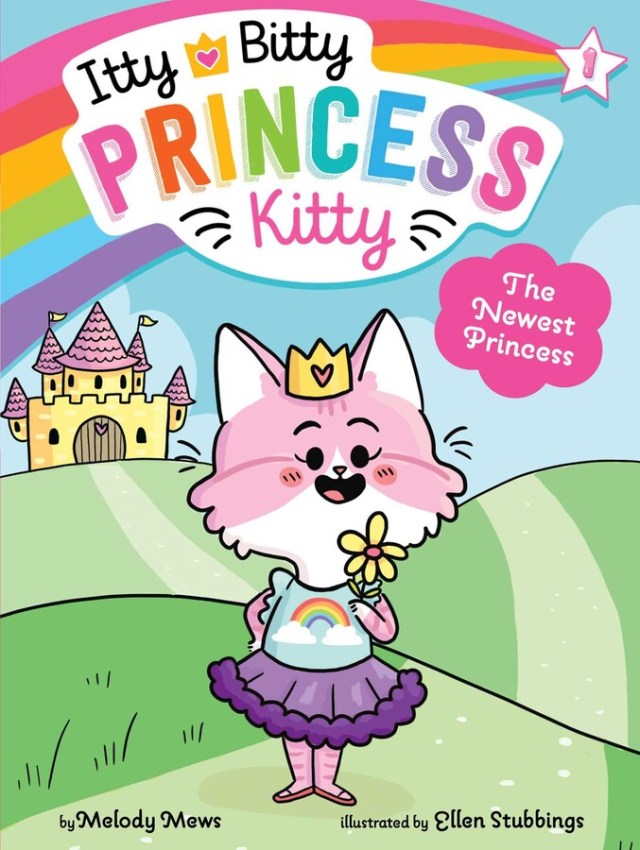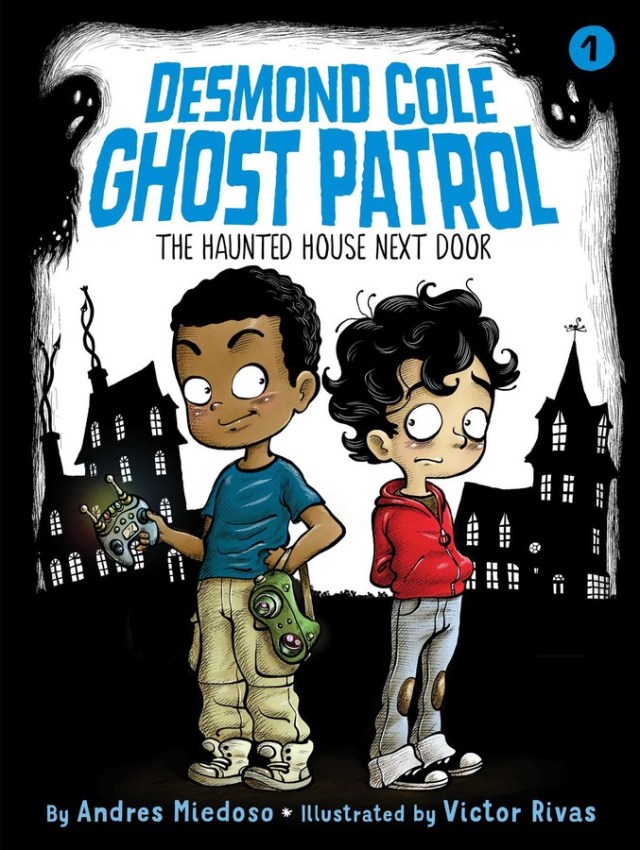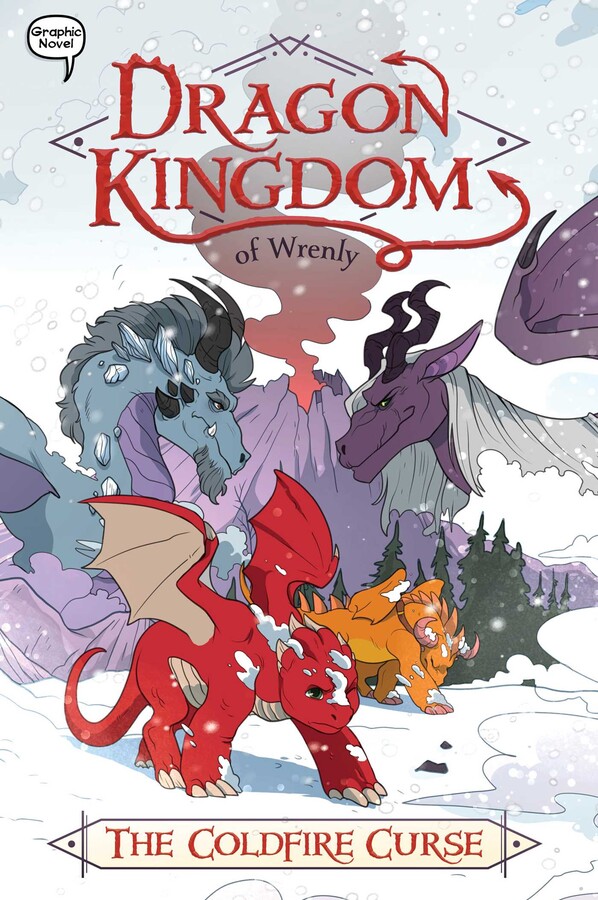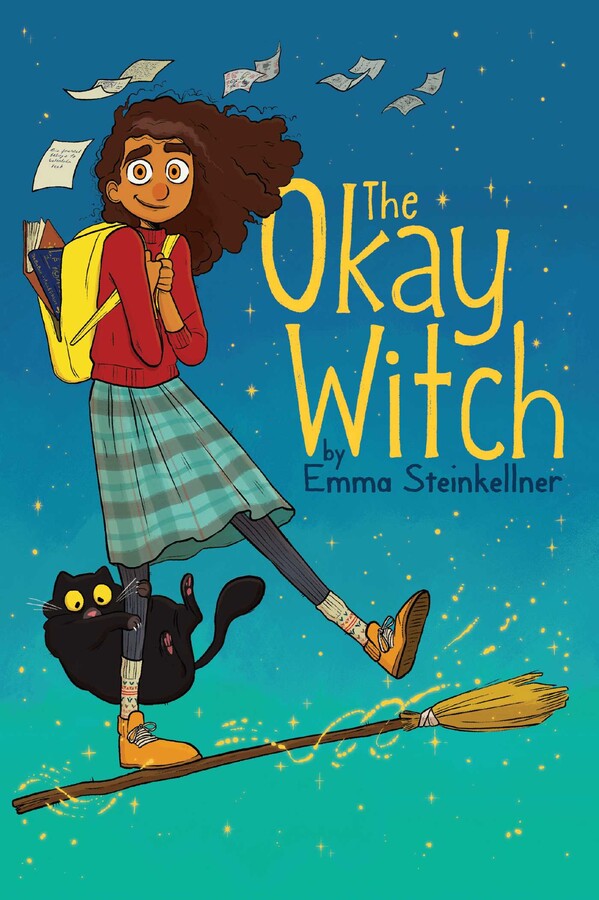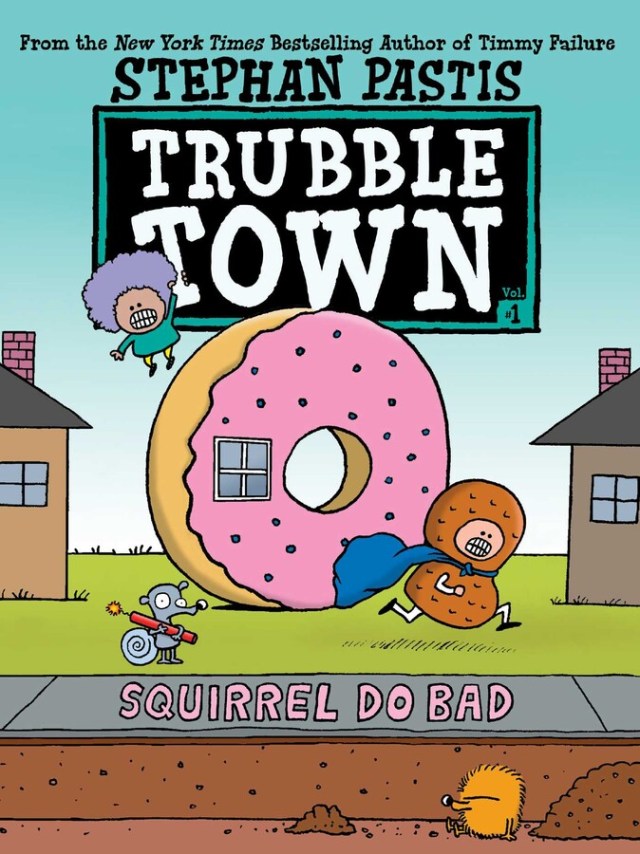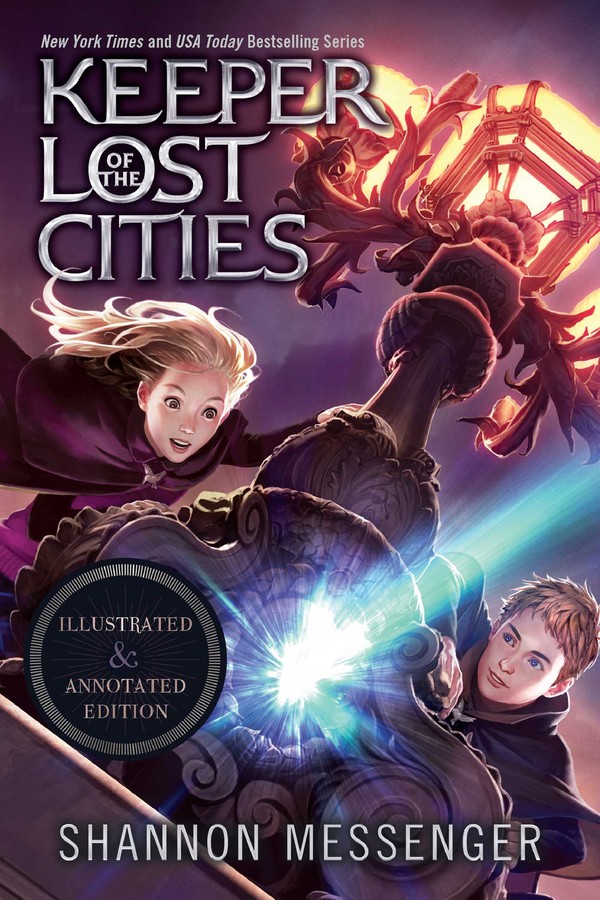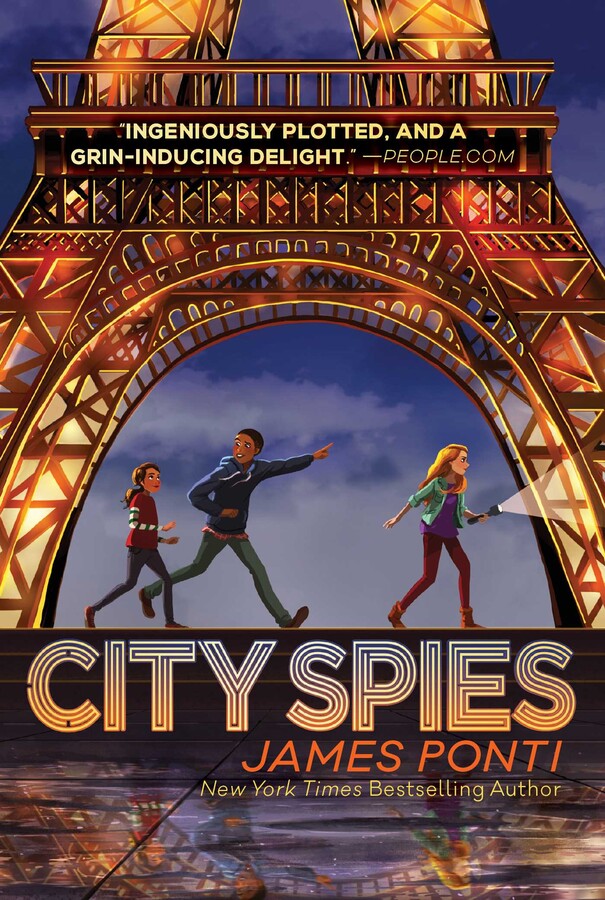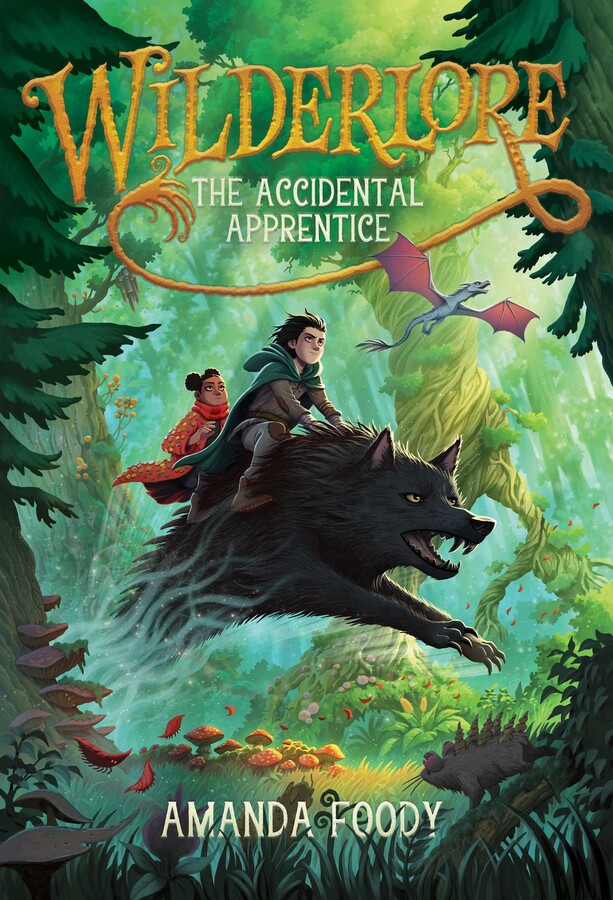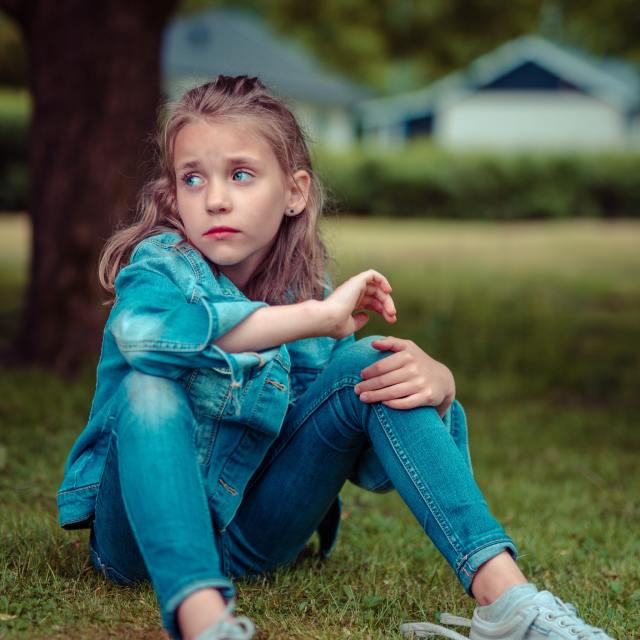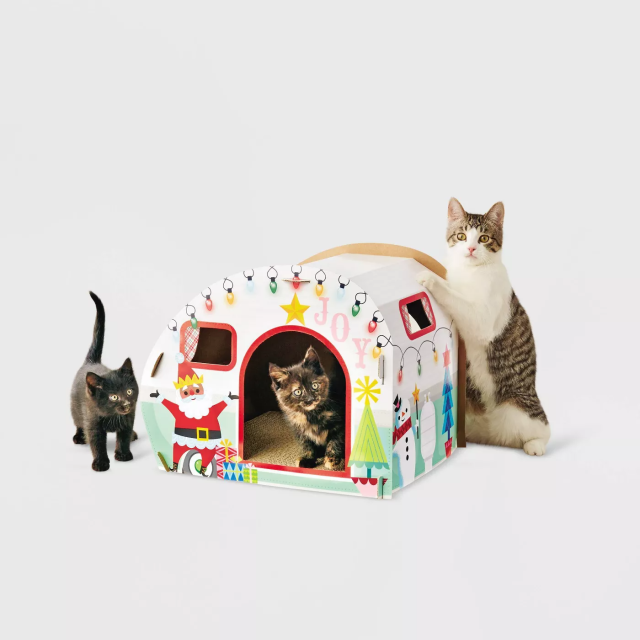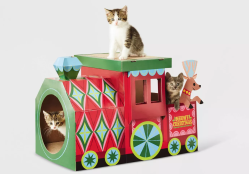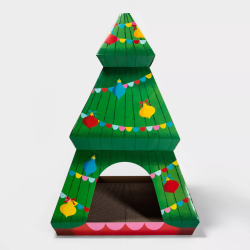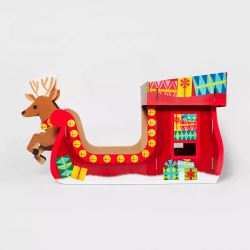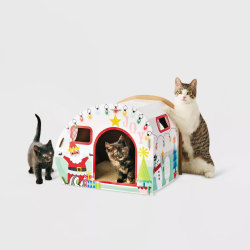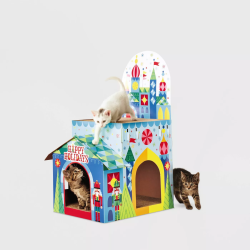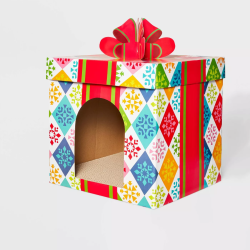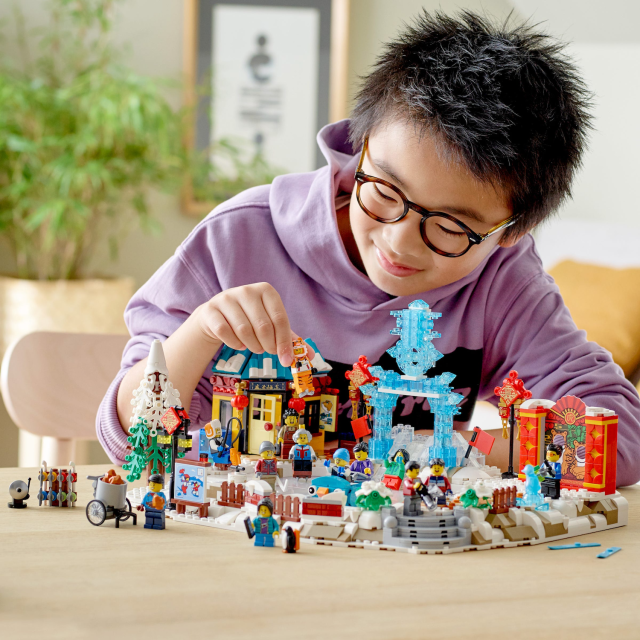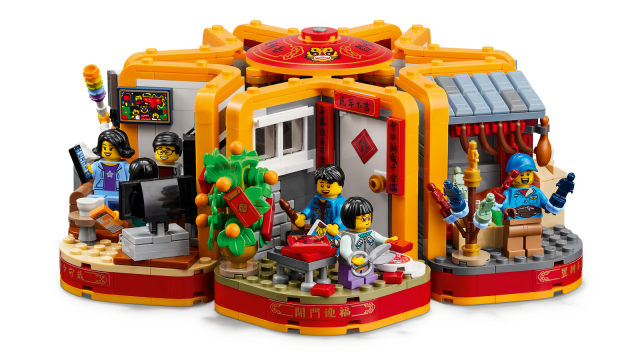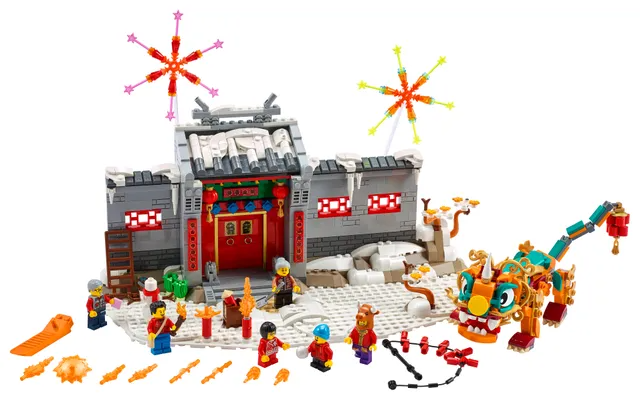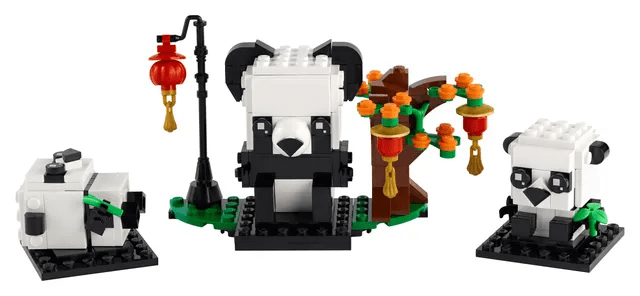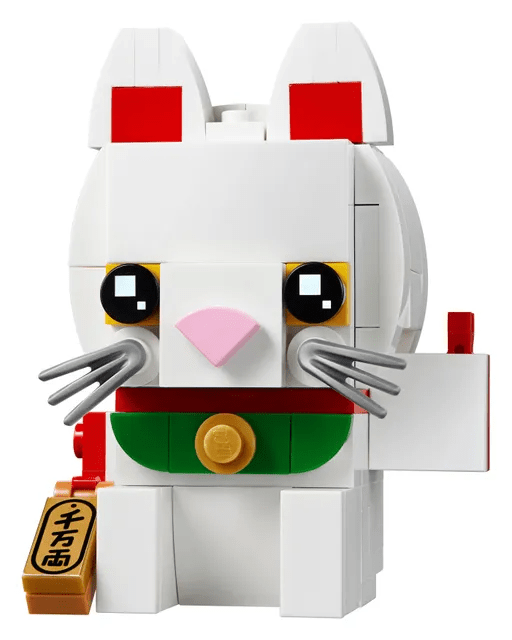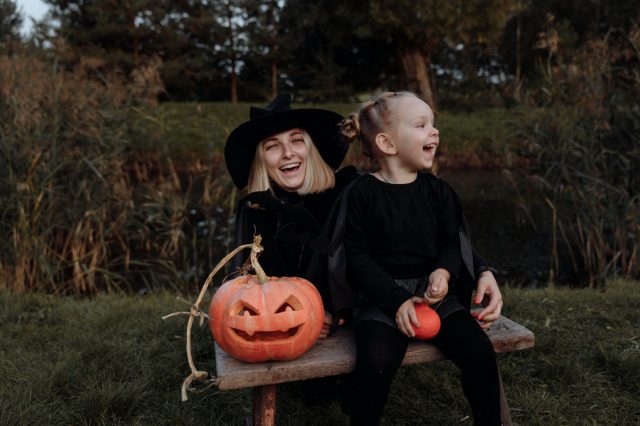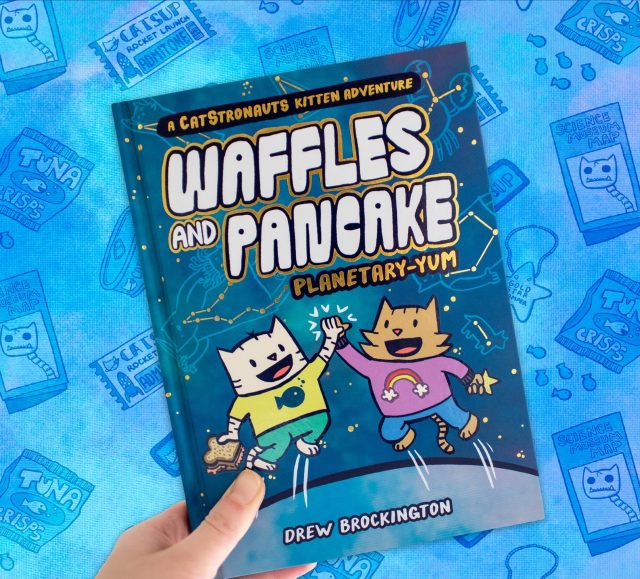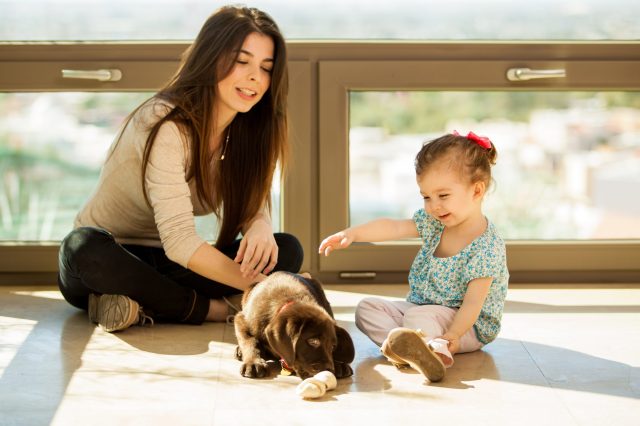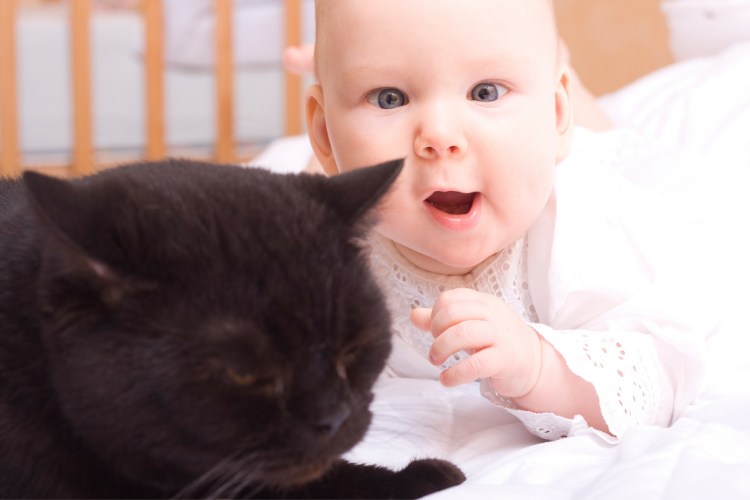Childhood worry seems to be rising as rapidly as COVID-19 cases. More and more children are acting fearful, having trouble sleeping, doing poorly in school, and showing physical symptoms. Does this sound like your child? What if you have you tried everything, but your child is still anxious? What if you already made the Worry Box as described in this article on Tinybeans.com and your child’s Worry Box is overflowing with worries? If so, I have the perfect strategy for you to try called, “Worry Time.”
Like the Worry Box, this technique is so simple and so effective that it should be in every parent’s toolbox. Both the Worry Box and Worry Time strategies are forms of containment or ways to contain worries in both physical space and time. Like the strategies in the book “Shrinking the Worry Monster,” they come from Cognitive Behavioral Therapy (CBT), a highly regarded form of anxiety intervention. A fuller description of CBT and containment is in the above-mentioned Worry Box article.
Thinking versus Worrying
First, let’s look at the difference between thinking versus worrying. Thinking is a good thing. It can involve reflecting, reasoning, and problem-solving. It can lead to purposeful action which allows the mind to move on.
In contrast, worrying is problem solving gone amiss. What starts out as a concern, can turn into an unhealthy obsession of unresolvable problems. Most chronic worriers believe they cannot control their anxious thoughts. It is as if worriers are caught in a downward spiral where an anxious thought arises, the problem seems unsolvable, and then physical symptoms of anxiety take over. This pattern repeats over and over. It is so emotionally painful that people try anything to avoid the worry thoughts, but that usually doesn’t work. Just look at a picture of a purple cat and then tell yourself that you will not think about that cat for one minute. Chances are you will think about that cat the entire minute.
The good news is that anyone can learn to control how and when to worry. It takes using good, research-based strategies and practice. My favorite tools come from CBT and include talking back to the worry, containing the worry in a “Worry Box,” and using “Worry Time.” The last two strategies contain worries so they aren’t just running amok in the brain 24/7.
Steps for Scheduling Worry Time
The goal for Worry Time is not to stop worries, but to reduce the time spent on the anxious thoughts. The steps are a template for training your child to contain his worries within 15-20 minutes a day. Of course, it will take regular practice, but it is a very achievable goal.
Step 1: Schedule Worry Time
Set up a daily Worry Time where you will listen to your child talk about his worries for 15-20 minutes. Worry Time should be the same uninterrupted time everyday, but not 1-2 hours before bedtime. Late afternoon is often a good time.
Step 2: Explain Worry Time to Your Child
Tell your child that you and he are going to start having a special time together called Worry Time. It will happen from 4:00 to 4:20 (let’s say) and he gets to tell you everything about his worries. You will listen closely, but this is his time to talk. You may not say that any of his worries are silly, but instead you will mostly accept what he has to say. When Worry Time is over (maybe you set a timer), tell your child that you really appreciate all the concerns he has told you and you look forward to Worry Time tomorrow.
Step 3: Teach the One Rule
Teach him that there is only one rule with Worry Time. You will not listen to his worries when it is not Worry Time. You know this will be hard, but you will give him other things to do with his worries. His worries will become smaller because of Worry Time.
Step 4: What to Do When It Isn’t Worry Time
Discuss other ways to contain his worries. He can write them down and put them in the Worry Box, he can write or draw his worries in a notebook, or he can imagine putting them in a safe and locking them up. At the next Worry Time, he should pull out his Worry Box or his notebook and share everything that is in there.
Tell your child that he can also do something else when he is worried (distract). How about going outside, running the stairs, reading a book, or calling grandparents? You and your child can have fun writing down all the things he can do while he is waiting for the next Worry Time. He can also read the children’s book, Shrinking the Worry Monster, to learn ways to talk back to the worry on his own.
Most parents find this strategy seems hard at first, but their child’s worries often dissipate after time. After a few weeks, some kids actually have very few worries to report, but they want to continue their special time with their parents. If your child is very anxious, you might try scheduling Worry Time twice a day at the beginning. Of course, if your child is extremely anxious, please do talk to your health professional about getting outside help. You do not want your child’s anxiety to turn into a serious adult anxiety disorder.
Worry Time is a clever strategy that contains your child’s worries in time. When it is combined with a method to contain the worries in physical space like a Worry Box or a notebook, it is a very powerful anti-anxiety tool. And it is so easy that every parent may want to give it a try. This is such an anxious time for all of us, having anxiety-reducing tools in our parenting skill set seems imperative.
This post originally appeared on www.drsallyb.com
I am a child psychologist who specializes in children's anxiety. I just published a top seller children's book titled Shrinking the Worry Monster, A Kid's Guide for Saying Goodbye to Worries. I love sharing ideas about decreasing worry in children, especially now. I also love to hike and bike in beautiful Pacific NW.
